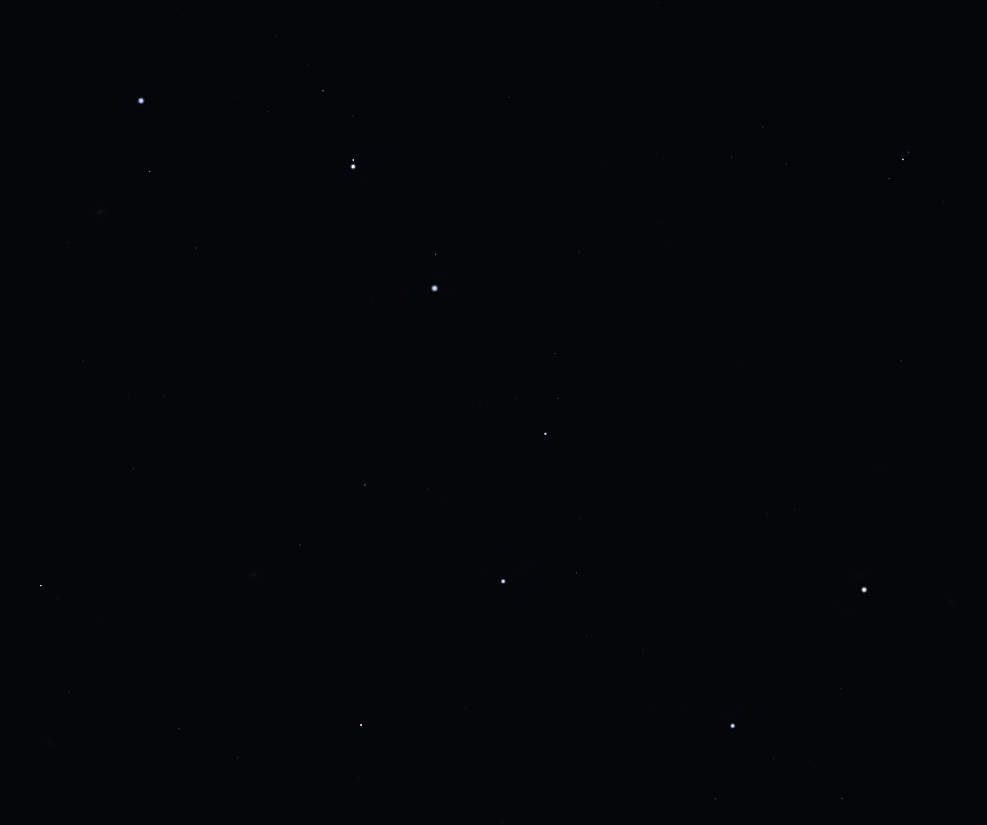If you live north of the equator, you should be able to find this pretty easily. It's seven of the brightest stars in the sky, lined up to look like an angular spoon.

Technically, the Big Dipper is only part of the full constellation of the Great Bear. If you add some more stars in, the shape of a stretched out bear appears: long body, long snout, long tail, long legs -- all bear.

The Great Bear features in many different stories from around the world. The Greek version tells us of Callisto, daughter of Lycaon (who was turned into a Wolf). Zeus, the king of the gods, slept with Callisto. This angered his wife, Hera, and in some stories, the god Artemis as well. As a fallout to the drama, Callisto was turned into a bear. However, Callisto's son then began to hunt her, so Zeus saved her by placing her in the stars.
Many stories follow this same rough plot: bear exists, bear is hunted, bear is wounded, bear is saved by becoming a constellation.
Some stories tweak the shape of the constellation, starting with the biggest problem: bears don't have long tails. Jewish culture says that the three stars of the handle/tail are three cubs. In Iroquois culture, they become three hunters, pursuing the bear. In the fall, the constellation is low in the sky, showing that the hunters have wounded it. The Great Bear's blood falls to Earth, turning the trees red.
Pre-Civil War, there was a folk song called Follow the Drinking Gourd, which (allegedly?) told escaping enslaved people to travel north, towards the Big Dipper.
Since the Big Dipper is easily found, it can be used as a signpost for other nearby constellations. For example, taking the two stars that make the end of the bowl of the spoon makes a line that points toward the North Star (Polaris) in the Little Bear. In several of the pages here, I'll use the Big Dipper as a baseline, placing the other constellations in reference to it.

Source: link